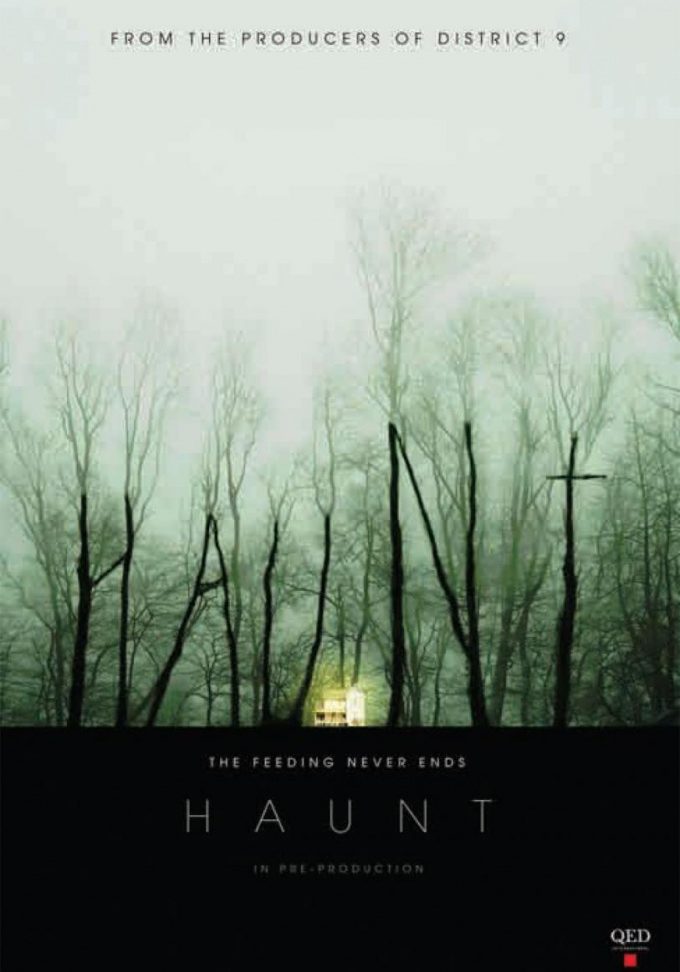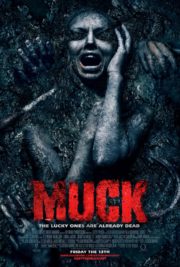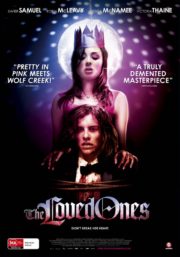Whispers in the Shadows: The Quiet Terror of “Haunt”
“I’ve always heard that the eyes are the windows to the soul. I’m just hoping I can keep mine shut.” With this chilling line, Haunt sets off to a shiver-inducing start. Directed by Mac Carter and released in 2013, Haunt presents an unsettling blend of the haunted house subgenre infused with a palpable psychological distress. The film unfolds around the Asher family, who recently moved into a house steeped in sorrow and dark secrets. As their teenage son Ethan befriends the neighbor’s enigmatic daughter, they begin to untangle the house’s tormented history, unaware that some doors, once opened, can never be closed.
Eerie Echoes: Crafting the Horror Landscape
Shadows and Whispers: Building the Ambiance
Haunt stands as a testament to the power of atmosphere in horror cinema. The air of suspense and sense of foreboding hang as heavy as the drapes in the dimly lit corridors of the Asher residence. Carter’s approach to horror leans heavily on the psychological over the gory, utilizing the architecture of the house to full effect. You can almost hear the whispers creeping out from the walls as the spirits of the house seem to languish just beyond every corner.
Cinematic Chills: The Visuals and Soundscape
The cinematography plays a crucial role in accentuating the horror, with clever uses of lighting casting long, menacing shadows where threats may or may not lurk. The camera angles and movements feel measured and deliberate, often framing the mundane in a way that suggests a lurking malevolence. Unique to Haunt‘s visual style is its avoidance of flashy effects, opting for a subdued palette that makes the eventual spectral apparitions all the more startling.
The aural experience of Haunt is like a hushed lullaby veiling a nightmare. The soundtrack and sound effects breathe life into the film’s ghostly world, with the silences punctuated by the creaks and sighs of the haunted abode. Moments bereft of sound are sometimes the most impactful, heightening the tension to almost unbearable levels before the ghostly chorus returns.
Unseen Horrors: Performance and Terror Mechanics
Scream or Whisper: The Actors Behind the Fear
In the midst of uncanny occurrences, the characters tread a delicate line between skepticism and terror. While some performances suffer from a certain one-dimensional portrayal expected in the genre, the main cast succeeds in drawing the audience into their dread-filled exploration. When terror strikes, it’s their believable reactions that anchor the supernatural elements in a distressing reality.
Methodical Madness: The Mechanics of Fear
Leaning more into the psychological and supernatural realms, Haunt eschews the visceral gore that saturates much of modern horror. The film’s techniques to scare are more suggestive than explicit, with lingering shots and slow reveals building up the dread without resorting to cheap jump scares. This subtlety in frightening its audience may not satisfy those who crave more visceral thrills, but it suits the film’s traditionally haunting narrative.
Reflective Frights: Thematic Depth and Viewer Appeal
More Than Screams: The Deeper Darkness
Under the spectral layers of the story lies a contemplative take on grief, loss, and the impact it leaves on the living. The horror becomes a conduit to explore these themes, giving Haunt a gravitas that underpins its scares with an emotional core. This dimension adds complexity to the film, making its impact linger beyond the initial fright.
Final Echoes: The Verdict on “Haunt”
As the dust settles, Haunt emerges as a respectable entry in the haunted house genre. It’s a film that dances on the line between familiar tropes and a fresh emotional narrative. For horror movie buffs, it offers a quiet but steadfast homage to classic ghost stories. Casual viewers may appreciate its tempered scares and psychological overtones. Younger audiences or those less familiar with horror might find it an accessible introduction to the genre.
When lined up against the pantheon of horror greats, Haunt doesn’t reinvent the wheel, but it certainly knows how to spin it well. Its restraint may damper its appeal to lovers of more extreme horror but could also serve as a palate cleanser for those looking for a hauntingly subtle treat.
In closing, while it may not evoke the high-octane thrills of its more gruesome counterparts, Haunt‘s strength lies in its classic approach, which is worth a watch for those who delight in the measured build-up of tension and release. With cautionary note, the film does delve into some dark themes that might be distressing to some viewers; it’s important to approach with that understanding. In essence, Haunt is an invitation to a ghost story that quietly beckons, promising shivers rather than screams.




